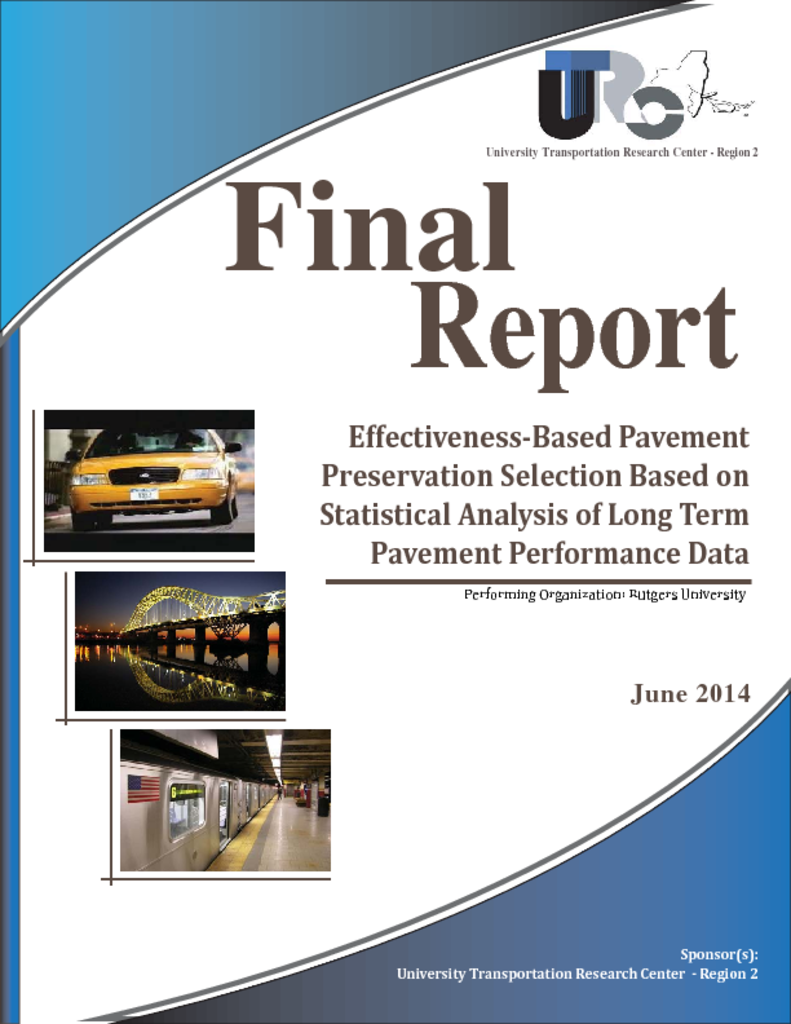This study compared the effectiveness of preservation treatments on pavement surface friction and investigated the long-term variation of friction using the data collected in the Specific Pavement Studies-3 (SPS-3) of the Long Term Pavement Performance (LTPP) program. The SPS-3 focuses on the effect of four preservation treatments (thin overlay, chip seal, crack seal, and slurry seal) on pavement performance under five design factors (traffic, precipitation, temperature, existing pavement condition, and subgrade type). Both the simple ranking method and statistical methods (boxplot and Fisher’s Least Significance Difference test) were used to compare the effectiveness of preservation treatments on friction improvement. The statistical analysis results indicate that slurry seal causes significantly greater friction number compared to the control section; and the ranking from high to low based on the average friction number among four preservation treatments is: slurry seal, chip seal, thin overlay and crack seal.


